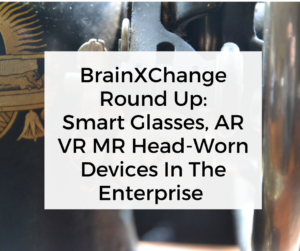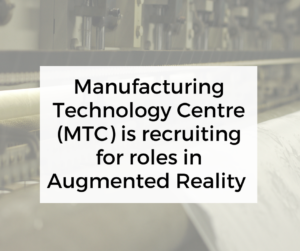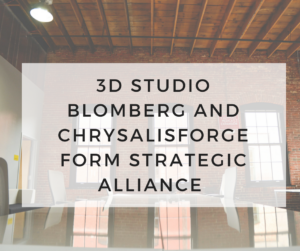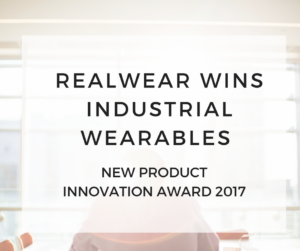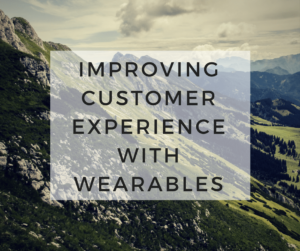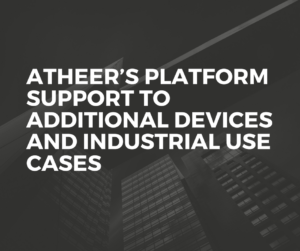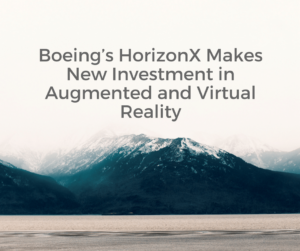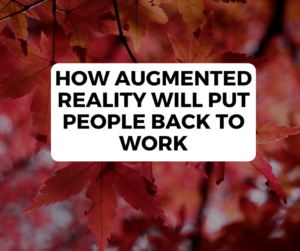Contextere collaboration with Samsung on AI-Powered Wearables for Industry
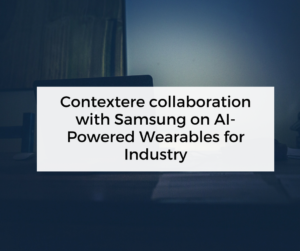
AREA member Contextere announced it will collaborate with Samsung Electronics America Inc. to bring contextere’s intelligent personal agent for industrial workers to Samsung Gear S3 wearables.
The contextere software, which provides industrial workers with the right information, at the right time, on the right device, will also leverage the Samsung GearUP Wearable API Marketplace on the company’s wearable devices to deliver AI-powered capabilities such as real-time health intelligence, geo-location for improved safety, and notification task alerts and hands-free calling.
The partnership between contextere and Samsung combines each company’s strengths — Samsung’s GearUP platform, which collects biometrics, geo-location, and other contextual information, coupled with contextere’s machine learning algorithms. This results in unparalleled actionable intelligence for industrial companies, including the ability to provide workers with critical procedural guidance and notifications related to their job. For example, a manufacturing worker can be alerted to breakdowns in hydraulic systems, while an aviation worker can receive pre-defined geo-location alerts informing them of their next work site location. This occurs via a wearable, while monitoring real-time stress, making for a safer, more productive work environment.
“contextere is focused on human-centric innovation, and our collaboration with Samsung exemplifies this,” explains Gabe Batstone, contextere CEO. “We are excited to bring our transformational industrial software to Samsung users, as well as our customers in Aerospace, Energy and Smart City markets. This includes Lockheed Martin Aeronautics, as part of their C-130J Super Hercules program, who earlier this year invested in the development of an intelligent personal agent for aircraft technicians.”
Lockheed Martin and Samsung Electronics America are quoted in the press release which can be read in full here.
Availability of the contextere application on the Samsung Gear S3 is expected in Q1 2018.
